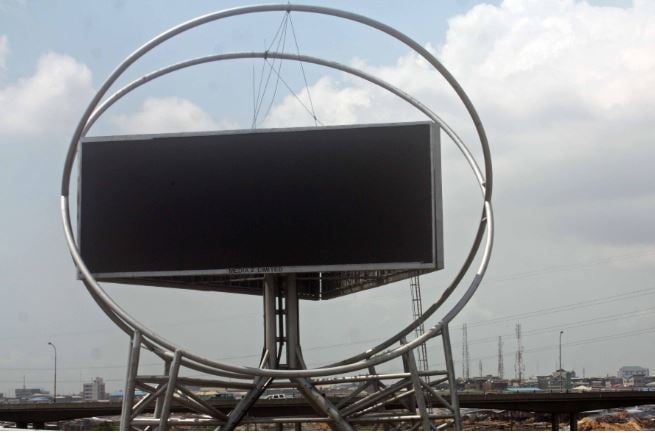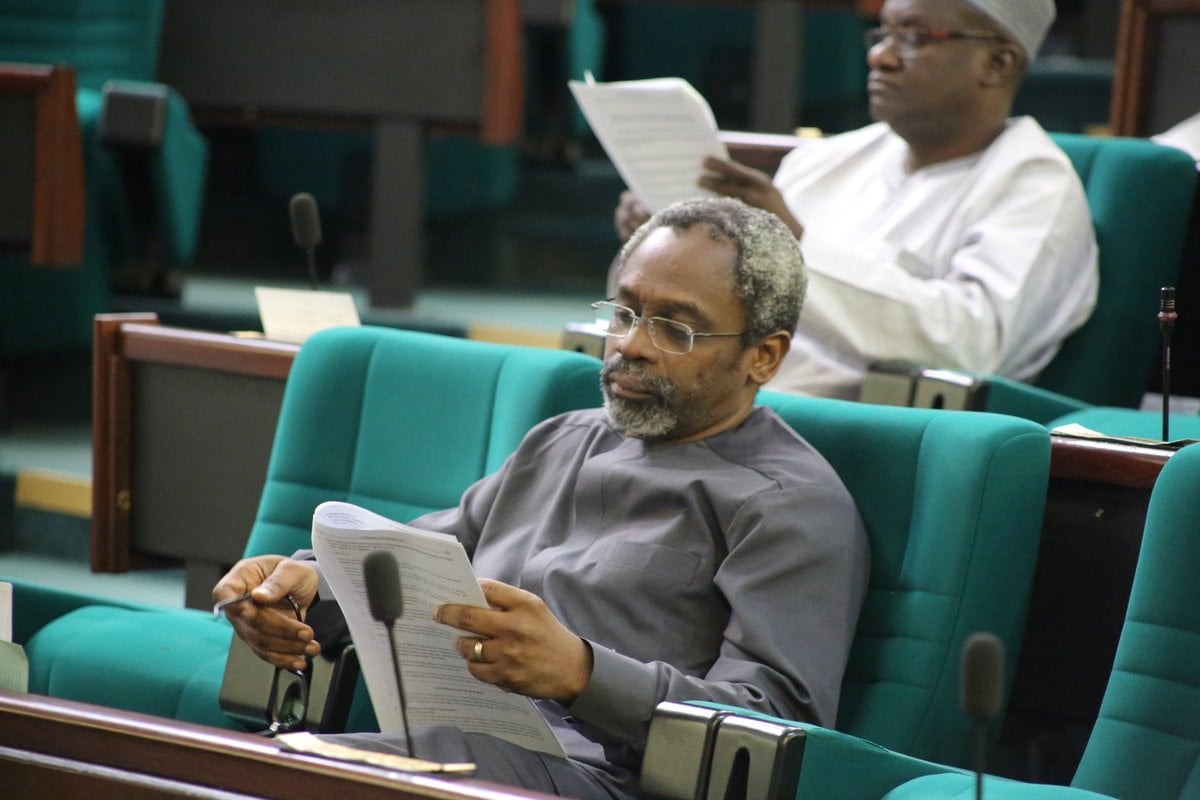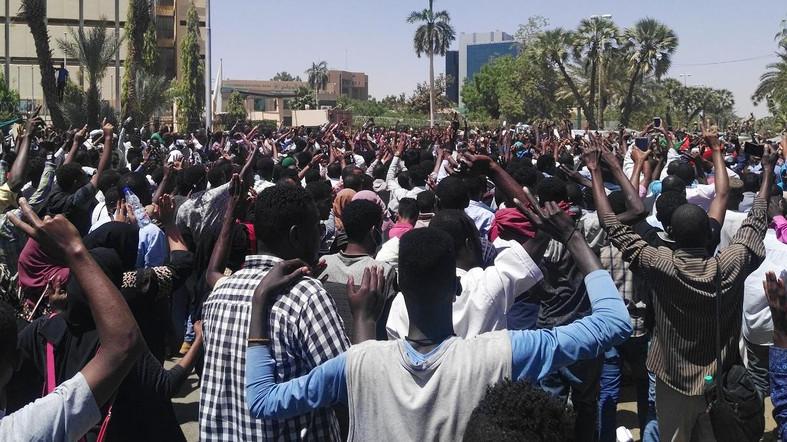BY JEKWU OZOEMENE
In a video that went viral very recently, the Honourable Minister for Agriculture, Audu Ogbeh, traced Nigeria’s problems to 1986, when “some brilliant men from Harvard and the World Bank persuaded Nigeria to devalue its currency every week for 32 years until it got to N527 to the US$1”.
He also alluded to this as the reason why lending (interest) rates by Nigeria’s commercial banks are as high as 30% per annum.
Both claims are patently false, misleading and a gross miseducation of our youth.
Advertisement
For the avoidance of doubt, nobody can force a country to devalue its currency neither can they force a sovereign to increase its lending rates. Both developments are direct fallouts of a country’s fiscal and monetary policy actions or misadventures.
Some historical context is required here.
First, on the claim that in 1986, Nigeria was persuaded to devalue its currency weekly for 32 years.
Advertisement
Who remembers the Federal Ministry of Information’s IMF loan debate sensitization radio jingles of 1986?
The General Ibrahim Babangida military junta (in a bid to appear more democratic than the Buhari regime they ousted), wanted the Nigerian people to decide whether to accept IMF’s conditional package of loans and incentives.
So why did Nigeria need a bailout package from the IMF?
Let us start with how a country’s Real Effective Exchange Rate (REER) is determined.
Advertisement
A country’s REER can be calculated by taking the average of the bilateral real exchange rates (RER) between itself and its trading partners, and then weighing it by using the trade allocation of each partner and then adjusting it for inflation.
I know that this sounds complicated, but lets hold this thought for now.
What about a country’s foreign reserves?
Unlike the US$ whose value is backed by the ‘full faith and credit’ of the USA Government / GDP of the USA, the Nigerian Naira is backed by our foreign exchange reserves.
Advertisement
Where does our foreign exchange reserves come from?
It is common knowledge that 95% of Nigeria’s export / FX earnings comes from crude oil sales. This earned crude oil revenue goes to the federation account (oil revenue earned above this benchmark goes to the Excess Crude Account) and in line with the constitution, this money is shared by the three tiers of government at the monthly Federal Accounts Allocation Committee (FAAC) meetings IN NAIRA, regardless of the currency in which the revenue was earned.
Advertisement
Once the Naira equivalent is shared by the three tiers of Government, the FX is then sterilized as part of Nigeria’s ‘foreign reserves’ to give backing to the value of our paper Naira in circulation.
Also included in our Foreign reserves are dollar swaps from Nigerian commercial banks.
Advertisement
Also included in our foreign reserves is the dollar proceeds of Foreign Portfolio Investments (FPI) in our Naira government securities.
Now, back to computing a country’s Real Effective Exchange Rate.
Advertisement
The economic model for Nigeria’s REER is slightly different from most due to two major characteristics of our economy; our foreign exchange controls and the fact that crude oil is the dominant export product and the country’s major source of Foreign Exchange. However, the broad framework for the monetary and the balance of payments sector follows the standard approach for computing the Real Effective Exchange Rate for a small, open economy approach.
Note that the Central Bank of Nigeria is the major supplier of foreign exchange to the Nigerian economy (remember our earlier “where does our foreign reserves come from?”).
Each time market demand for FX increases against limited supply, it pushes up the exchange rate (from a demand and supply perspective), until the CBN injects additional FX into the market. The injected FX goes to ‘defend the Naira’; providing dollar liquidity for Importers, IATA payments, JV Cash Calls, Federal and State Government dollar Debt Service and repayment, repatriation of Foreign Portfolio Investments, dividend repatriation on Foreign Direct investment etc.
Where does the injected FX come from?
Simply put, “from our foreign reserves” backing our currency, the Naira.
That is why whenever Nigeria’s foreign reserves dwindles compared to the volume of Naira in circulation (and our outstanding debt obligations), pundits argue that the Naira is overvalued from a Real Effective Exchange Rate (REER) perspective.
This is also why in determining Nigeria’s ability to repay a foreign loan, analysts will like to know the unencumbered portion of the country’s foreign reserves which is, the stated reserves less FPI (hot money), less Swaps, less past due contractual obligations etc.
Now, defending the Naira / Exchange rate is required because given the extant fundamentals (from a demand and supply premise), not to do so will lead to uncontrolled devaluation as government is currently the largest generator of FX in our economy.
With the knowledge on computing Real Effective Exchange Rate, what foreign reserves is and where it comes from, let us now go back to 1985.
Operating under General Buhari’s fixed exchange rate regime of 1983-1985, for the first time in the history of Nigeria, the parallel / black market exchange rate became totally detached from the Central Bank of Nigeria’s (CBN) official rate.
You see, it is actually simplistic to assume that if you fix your exchange rate based on fiat, that your trading partners will simply assume that to be the real value of your currency. As I pointed out earlier, any economist can compute a country’s Real Effective Exchange rate (REER). The question they will ask themselves is “will the US$1 that I take into Nigeria give me the commensurate value in Naira products and services? At the end of my transaction, will there be sufficient dollar liquidity to convert the Naira I have earned plus my initial capital back to dollars and repatriate to my home country?
If the answer for the two questions is no, then no foreign investor will bring their money into the country, leading to an FX liquidity crisis given the amount of money FX we spend on imports, the amount of FX we spend to service our foreign debts and other FX obligations, and is usually compounded when there is a crash in crude oil price (Nigeria’s major FX earner).
Now, 1985 was also the beginning of Nigeria’s first foreign debt service crisis. The country’s total external debt had hit US$19 Billion, and for the first time, Nigeria was faced with the type of debt service crisis that we are currently faced with today.
Almost all our earnings was going towards debt service, paying interest (in US dollars) on our foreign loans.
To put the nature of this crisis in perspective, between 1985 and 2005, Nigeria paid US$35 Billion in debt service, borrowed an additional US$15 Billion, yet the country’s outstanding external debt balance as of the end of 2004 ballooned to circa US$35.9 Billion.
In October 2005, the General Olusegun Obasanjo administration initiated a historic debt relief agreement with the Paris Club of lenders. This deal was concluded on April 21, 2006 and saw our external debt stock reduced by US$30 Billion (US$18 Billion was written off while Nigeria made a cash payment of approximately US$12 Billion) and our books cleared of all Paris Club debt.
What the Honourable Minister failed to mention was that in his 1985 reference year, Nigeria’s official exchange rate was N0.894 to the US$1 while the black market rate was N1.70 to the US$1.
Meanwhile the FX at the CBN official rate was mostly not available to the real businessmen that needed it as they had to go through middlemen to purchase FX at the Black Market rate.
It is of note that the only other period in Nigeria’s history when the official exchange rate was that disconnected from the Black Market rate was under General Abacha (official rate of N21.89/US$1 while parallel market was at N84.58 /US$1) and under President Buhari (official rate of N320 /US$1 versus parallel market rate of N527 / US$1).
Each time this disconnect happens, a massive arbitrage opportunity is created given the pent up demand such that cronies to those in power simply sat in their gardens, bought FX at the official rate and sold to desperate real businessmen at the black market rate.
So, after General Buhari’s ouster late in 1985, the General Babangida led junta sought relief from the IMF and other multilateral agencies to ease the country’s debt service and FX crisis.
The Second Tier Foreign Exchange Market (SFEM) introduced in 1986 was part of that deal. SFEM was intended to reduce the pent up FX demand pressure while giving the country manoeuvring space to implement the much needed fiscal reforms.
The September 1986 SFEM diffused the pent up FX demand that built up between 1984 to 1985 until the markets were ultimately unified as FEM.
The objective of SFEM was “to enable the Naira find its true value; to achieve a more optimal allocation of foreign exchange; gradually eliminate the parallel market; and to attract inflow of foreign capital (including funds held abroad by Nigerians)”.
With the introduction of SFEM, the Naira depreciated by 66% to N1.57/US$. In reality, the official exchange rate unified with the parallel market rate at N1.57/US$1, and by the time SFEM and FEM were unified in 1987, the exchange rate was at N3.74/US$1.
The entire IMF Structural Adjustment Programme (SAP) was intended to reduce Nigeria’s import dependence through a more realistic exchange rate and deregulation of the economy; privatize commercial interests of government; stimulate research and development; increase local sourcing of industrial inputs; revitalize the agricultural sector to ensure that the nation becomes self-reliant as far as food production is concerned; promote export and stimulate inflows of foreign capital. The import tariff structure under SAP was supposed to ensure that importing is not more attractive and more profitable than producing locally so we would produce more locally and strengthen the Naira.
But the bid to promote export and stimulate inflows of foreign capital failed woefully. However, the failure of SFEM and its successor programs was mainly due to our lack of discipline to implement much required fiscal policy reforms as well as our tendency to think that monetary policy interventions can replace fiscal reforms.
So, what I will like to tell the Honourable Minister is that the problem is not that rich Nigerians buy Pizza and fly it in from the UK. The problem is that so long as Government does not create a conducive environment for Nigerian businesses to thrive, produce, compete effectively with businesses outside the country to export and earn FX; So long as shipping containers go back empty after shipping goods to Nigeria; So long as the current situation persists where the gridlock and inefficiency at Lagos ports delayed export shipment of 50,000 tons of cashew nuts valued at US$300 Million and government is not bothered; so long as these issues and more are not addressed, then Nigeria’s FX vulnerability will persist.
What the minister said is the equivalent of the Nigerian who blames “witches and wizards” or “generational curses” for all self-inflicted misfortunes. No “wise men from Harvard and the World Bank” need persuade you to devalue sir. Trust me that it is the market and our incompetency that forces us to do it time and time again.
In summary sir, you do not have malaria fever and hope that a cold bath will cure your ailment. While the cold bath superficially reduces the fever on the skin surface, the pathogen causing malaria still ravishes the body.
On the High Lending/Interest rates in Nigeria
So let us take the reason the Honourable Minister ascribed for the “30% p.a” high lending rates in Nigeria.
“When the quantity of loanable funds rises the interest rate will fall. When the demand for loanable funds rises the interest rate will rise, thus altering the money supply will influence demand for funds and the interest rate”. – Banking 101.
Recently we celebrated the CBN’s Monetary Policy Committee reduction of MPR (used to target interest rate and inflation) from 14% to 13.5% (for comparison sake, MPR is 2.25% in the US, 0.75% in the UK, 6.75% in South Africa).
Central banks set Monetary Policy Rates (MPR) which are then used in the interbank lending market. So for the sake of simplicity, let us assume that the CBN has advised that banks in Nigeria can borrow from each other and from the Central bank at 13.5% per annum.
Why will and how can any bank in Nigeria lend to its customers at lower than 13.5% per annum? (this is assuming that no other cost exists).
But then other costs exist!
Take Cash Reserve Requirement (CRR) for instance. Central banks use CRR to target inflation and in our case exchange rate.
CRR is a fraction of their deposits that banks must keep / sterilize with the central bank. CRR for Commercial Banks in Nigeria is currently 22.5% (it was 1% when I started banking in the 1990s), meaning that banks must keep 22.5% of their deposit liabilities, interest free with the CBN.
This 22.5% of deposits (including money collected from customers at a cost) is unavailable for lending, which naturally acts as a tax on banks and pushes up the cost of lending.
CRR in Nigeria is not just one of the highest in the world but the highest among its Emerging Markets peers. In mid-2018, this was further exacerbated when the CBN introduced the “Differentiated Dynamic Cash Reserve Requirement regime” (DDCRR), an outcome of which is that a number of banks are not refunded their excess CRR when aggregate deposits reduces. This created a situation where some banks allegedly had real CRR’s approximating 50%.
Imagine where 50% of a bank’s aggregate deposits (collected from customers at a cost) is unavailable for lending. What do you think will happen to lending rates?
More importantly, in Nigeria, CRR is used as a monetary policy tool for inflation and exchange rate targeting. A very high CRR radically reduces the loanable funds in the system, thereby reducing the amount of money available to chase a limited supply of foreign exchange and other products and services. The unintended consequence however is that it pushes up the lending rate.
As for inflation, the relationship between the quantity of money supply and inflation has long been recognised.
So the 30% p.a. lending rate has nothing to do with wise men from Harvard, the World Bank or any external persuasions but are simply driven by the CBN’s desire to manage inflation and exchange rate through money supply.
Then add to these rates the cost of running a bank in Nigeria; basic things like each banks’ over 1,000 ATMs must have an inverter, each branch must have at least 2 generators, and sufficient diesel to run 24/7, that each branch must have a main internet and back-up link provider; an NDIC premium of 0.35% on its deposit liability portfolio as at December 31st of the previous year; an AMCON Resolution Cost of 0.5% of the bank’s total assets; the cost of security infrastructure….both physical and cyber; the cost of capital (the last time I checked, the expected ROE’s for investors in Nigeria banking assets is 30%), General Loan Loss Provision of 1% of Risk Assets portfolio, then average industry Non Performing Loans (NPLs) that approximated 14.84% in 2017.
All these have further driven the industry’s Cost to Income ratio through the stratosphere. The good news however is that average Cost to income ratio has moderated from its high of 82% in 2013 to circa 75% today (to put this in perspective, Cost to Income Ratio in BRICS countries averages 22%).
So in summary, on the high Interest rates Mr. Honourable Minister, don’t look to the three Harvard Wise men from the East or to the World Bank persuasion team from the West.
Simply look at Nigeria’s fiscal and monetary policies of which you are a major player in determining.
Views expressed by contributors are strictly personal and not of TheCable.
Add a comment






